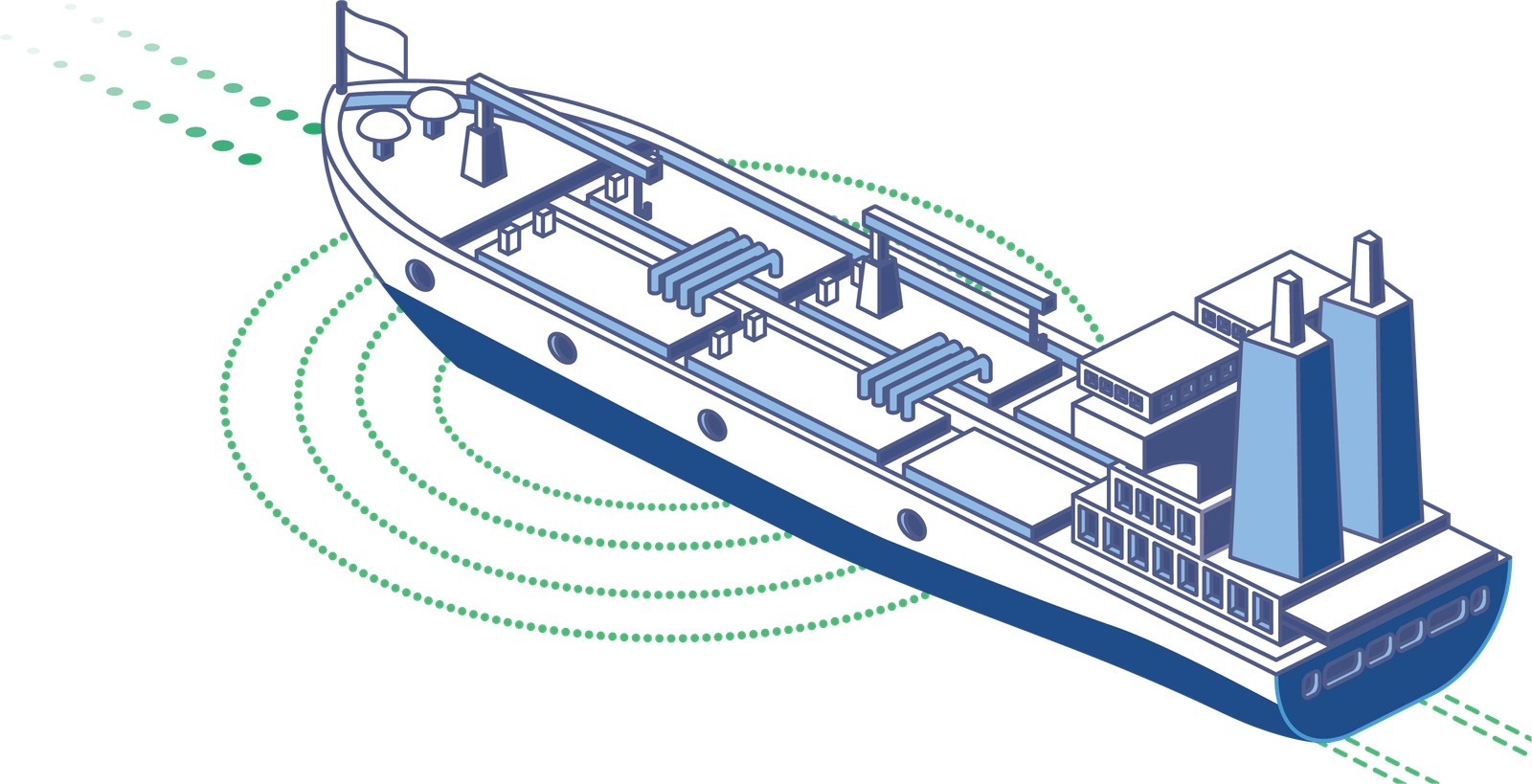
Contents
- Introduction to Maritime Autopilot Systems
- Components of an Autopilot System
- Functionality of Autopilot Systems
- Popular Manufacturers and Their Systems
- Popular Models, Specifications, and Costs
- Conclusion
- References
1. Introduction to Maritime Autopilot Systems
Maritime autopilot systems are essential tools in modern navigation, allowing vessels to maintain a pre-set course without continuous manual steering. These systems enhance safety, reduce crew fatigue, and improve fuel efficiency. Autopilot systems are widely used on merchant navy ships, commercial vessels, containerships, and cruise ships.
2. Components of an Autopilot System
A typical maritime autopilot system comprises several key components, each serving a crucial function:
- Control Unit: The interface where the desired course is set and adjustments are made. It often includes a display for real-time monitoring and settings.
- Course Computer: The brain of the system, processing data from various sensors and determining the necessary adjustments to maintain the course.
- Rudder Actuator: A mechanical device that moves the rudder based on signals from the course computer.
- Gyrocompass or Heading Sensor: Provides accurate heading information to the course computer.
- GPS Receiver: Supplies the system with positional data, ensuring accurate course keeping.
- Feedback Unit: Monitors the position of the rudder and provides feedback to the course computer to correct any deviations.
3. Functionality of Autopilot Systems
Autopilot systems work by maintaining a pre-set course using data from sensors and navigational inputs. The process involves:
- Setting the Course: The desired course is entered into the control unit.
- Data Processing: The course computer continuously processes data from the gyrocompass, GPS, and feedback unit.
- Adjustments: Based on the processed data, the course computer sends signals to the rudder actuator to make necessary adjustments.
- Feedback Loop: The feedback unit ensures the rudder is positioned correctly, and any deviations are corrected in real time.
4. Popular Manufacturers and Their Systems
Several manufacturers dominate the market for maritime autopilot systems. Some of the leading companies include:
- Raytheon Anschütz: Known for its advanced navigational solutions and reliable autopilot systems.
- Simrad (part of Navico): Offers robust and user-friendly autopilot systems.
- Sperry Marine (part of Northrop Grumman): Provides comprehensive navigation solutions including high-performance autopilot systems.
- Furuno: Renowned for its innovative and durable maritime electronics, including autopilot systems.
5. Popular Models, Specifications, and Costs
Raytheon Anschütz PilotStar D
- Specifications:
- Control Unit: Easy-to-use interface with a large display.
- Course Computer: High-performance processing for precise course keeping.
- Rudder Actuator: Robust and responsive.
- Heading Sensor: High-accuracy gyrocompass integration.
- Cost: Approximately $10,000 to $15,000
Simrad AP70 Mk2
- Specifications:
- Control Unit: Intuitive design with advanced navigation features.
- Course Computer: Superior data processing capabilities.
- Rudder Actuator: Reliable and efficient.
- GPS Receiver: Integrated for enhanced accuracy.
- Cost: Approximately $8,000 to $12,000
Sperry Marine NAVIPILOT 4000
- Specifications:
- Control Unit: Ergonomic design with a comprehensive display.
- Course Computer: Advanced processing with adaptive algorithms.
- Rudder Actuator: High-performance for large vessels.
- Feedback Unit: Accurate and reliable feedback system.
- Cost: Approximately $12,000 to $18,000
Furuno NAVpilot-700
- Specifications:
- Control Unit: User-friendly with customizable settings.
- Course Computer: Efficient data processing for smooth operation.
- Rudder Actuator: Sturdy and precise.
- Heading Sensor: Integrated gyrocompass and GPS.
- Cost: Approximately $7,000 to $10,000
6. Conclusion
Maritime autopilot systems are vital for the efficient and safe operation of modern vessels. By understanding their components and functionality, mariners can make informed decisions about the systems best suited for their needs. With advancements in technology, these systems continue to evolve, offering even greater precision and reliability.
7. References
- Raytheon Anschütz: Raytheon Anschütz Autopilot Systems
- Simrad: Simrad AP70 Mk2
- Sperry Marine: Sperry Marine NAVIPILOT 4000
- Furuno: Furuno NAVpilot-700
- Marine Insight: Autopilot Systems
For more detailed articles and information on maritime tools and technologies, visit MaritimeHub.com.




